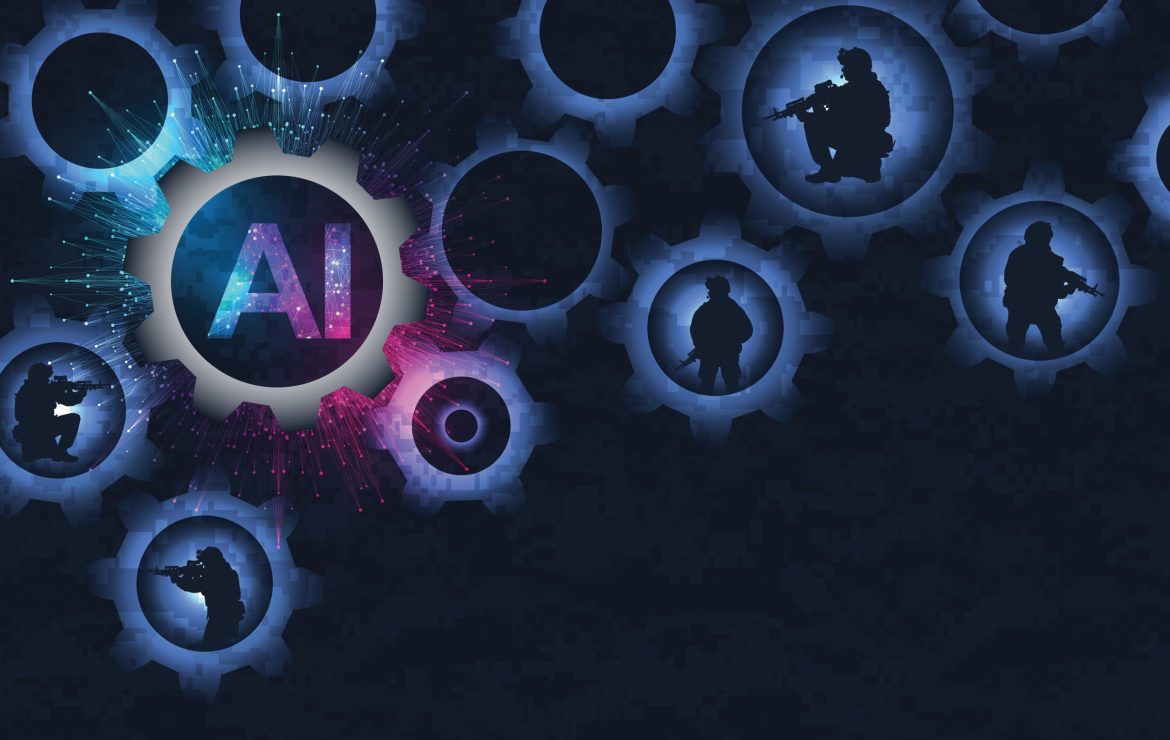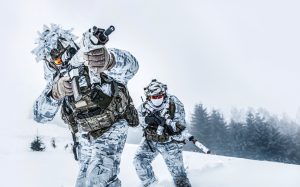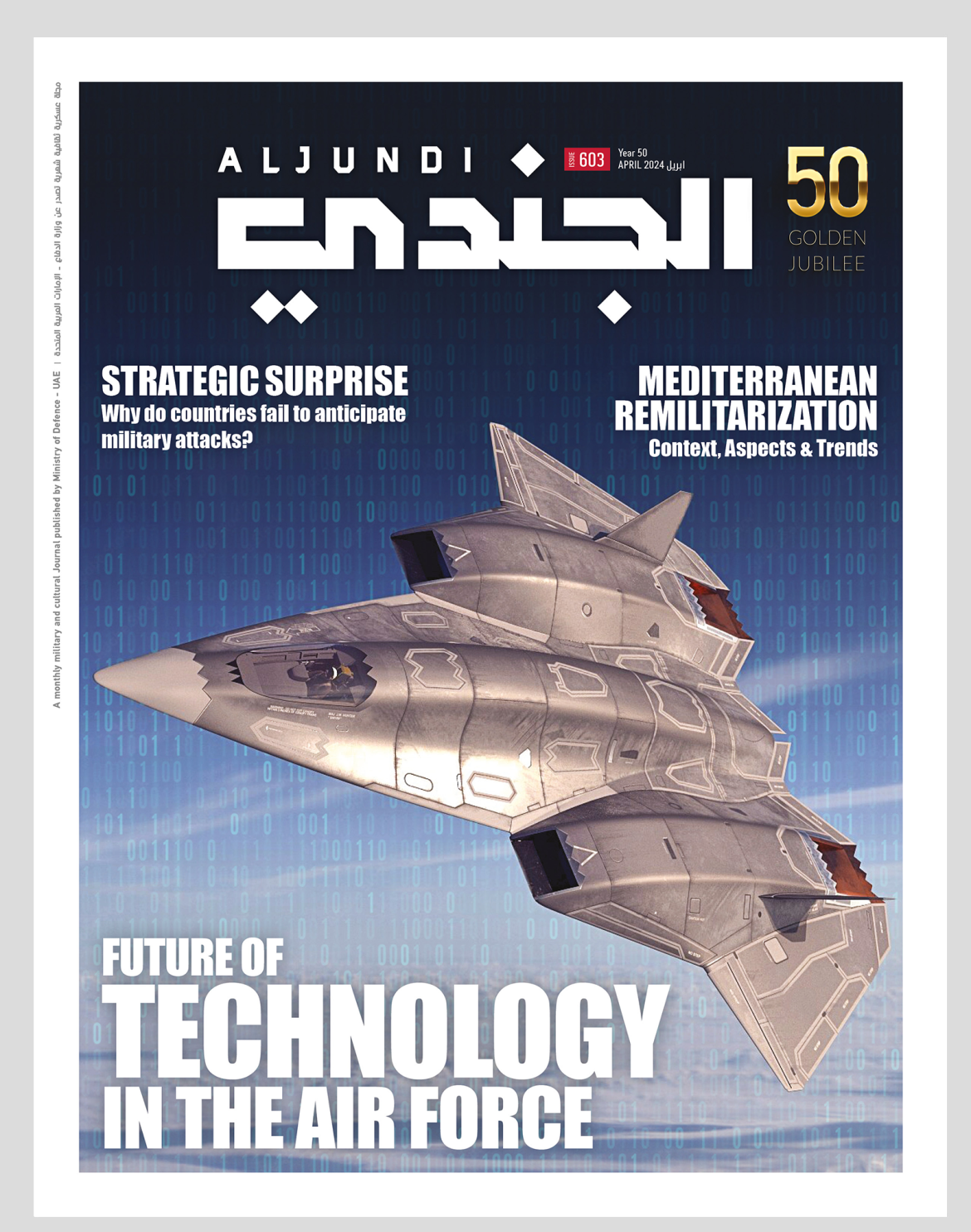The U.S. and its allies are using a new forum started by the Pentagon’s top artificial intelligence office to work toward developing Artificial Intelligence (AI) systems that can connect in the future to help them fight better together.
The Partnership for Defense, started by the Joint Artificial Intelligence Center last September, is laying the groundwork for future AI-enabled joint war-fighting capabilities.
An Ever-Changing Dynamic
Such efforts would help restore the role of defense industry that was once a byword for innovation. Thus, conflicts had driven technology path. However, in many new digital technologies like Cybersecurity, Internet of Things (IoT), cloud and data collation, the defense industry now lags compared to other sectors.
Today, trends such as asymmetric warfare and the digital battlefield force new thinking. Manpower is no longer the dominant factor in conflicts. Those with the most resources will not necessarily prevail over those who innovate most effectively.
Now, an increasing number of governments and public-sector bodies have realized that effective digital transformation holds the key to their long-term defense plans.
For example, the Defense Innovation Initiative has driven hundreds of millions of Euros/Pounds into cultural and technological innovation. However, success still ultimately hinges on the ability to focus strategically and work within pre-defined budgets. As such it is critical that defense organizations choose the right strategic partners to deliver meaningful, long-term change. Money is now being funneled into areas such as automation, mobile communications and cybersecurity, where focused research and strategic alliances drive significant rewards.
Going on Challenges
The defense industry has faced challenges throughout its history, but today those challenges are on an unprecedented scale.
Financial pressure sustained budget cuts over much of the last decade mean current European defense spending is at roughly the same level as it was in 2008. Many fear the economic impact of the COVID-19 pandemic will force further cuts to defense budgets in the near future as well.
A reduction in personnel of a significant number of Western European military forces have shrunk dramatically since the end of the cold war. For example, the number of German combat battalions has fallen by 84%, Italian battalions by 67% and British battalions by almost half over the past 30 years.
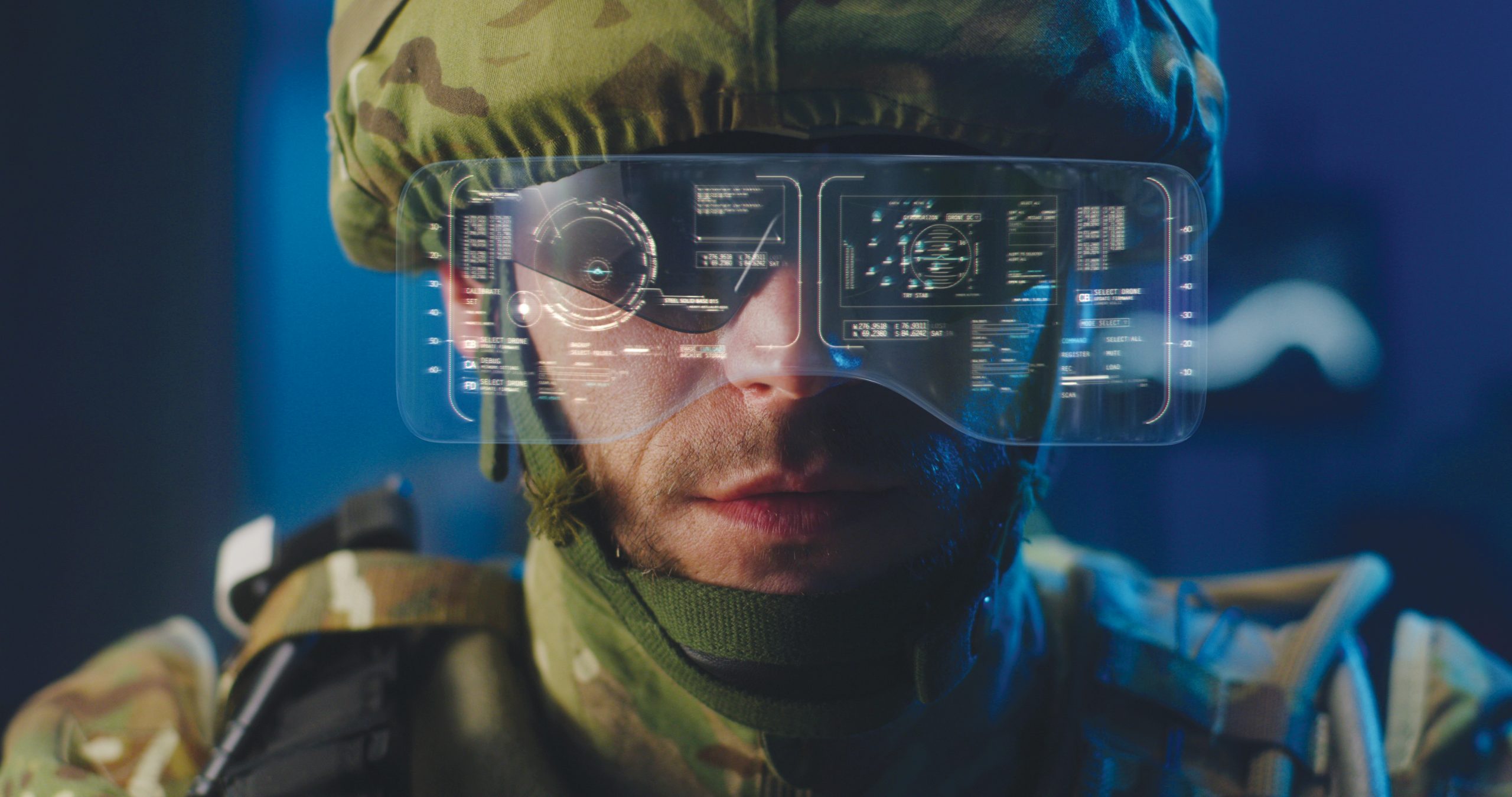
As warfare becomes more advanced, so too does the complexity of the equipment, resulting in longer Research and Development (R&D) lead-times, bigger supply chains and more expensive manufacturing processes.
New Challenges to Arise
Every new conflict changes the playing field, creating a raft of ‘unknowns’ that require a reinvention of strategy and tactics.
The ongoing rise of asymmetric warfare, though the concept of asymmetric warfare is not new, it is becoming more prevalent. Where once manpower gave a presumed advantage, today’s winners are increasingly those who innovate efficiently and make the best use of technology/tools at their disposal.
Digital Transformation
With technology playing an ever-increasing role in modern conflict, effective digital transformation is becoming one of the most important tasks defense sectors can ever undertake. However, herein lies a problem, given that defense sector is synonymous with innovation in certain areas like weapons and defence systems and digital communications, it is behind the curve in adopting many ‘consumer’ technologies that hold the key to effective digital transformation. There is much speculation about why the defense sector finds itself in this predicament. A deep-rooted resistance to change is often cited, but lack of direction and focus on technological investments are equally to blame, creating a scattergun approach to innovation that costs a lot but achieves little.
In the face of both old and new challenges, it has become increasingly clear that effective digital transformation holds the key to the future of the defense industry. An eager to develop and change mentality, combined with lessons learned from the private sector, is slowly starting to take effect.
Eminent Changes
With a new mentality towards innovation and digital transformation coming to the fore, there are a number of key areas that are expected to benefit most from fresh investment and a tech-led approach.
Automation: Greater utilization of digital technologies such as automation can quickly transform operations, saving resources and boosting efficiency. The growing use of automated drones in the field is a great example of how this kind of technology is already being used to improve situational awareness without putting soldiers’ lives at unnecessary risk. Away from the field, drones can speed up vehicle and building maintenance tasks through faster visual inspections and secure report logging via the cloud.
Mobile Communications: The ability to communicate effectively is one of the most critical assets for any soldier in the field, leading to a heavy focus on Command, Control, Communications, Computers, Intelligence, Surveillance and Reconnaissance (C4ISR) as part of the drive towards digital transformation. The rise of asymmetric warfare, alongside the growing requirement for flexible interoperability of systems and networks to support operations, has further compounded this need.
Encryption: In recent years, with the threat of cyber warfare, system hacking, and infiltration, at an all-time high, data security is now a top priority for any digital transformation discussion. In order to meet stringent military standards, data must be protected against attack when at rest, in use, or in transit. This means both hardware and software must be encrypted, extending to system hardening, peripheral control and central management.
In a Hostile Rugged Environment
As digital transformation begins to reshape modern defense strategies, the concept of 360-degree defense is becoming increasingly prominent. Digital transformation helps combining all components to create a fit-for-purpose, fully connected, defense network that improves operations through superior safety, reliability and efficiency.
Connecting every aspect of land, sea, air and central command not only delivers superior situational awareness throughout the entire defense network, but it also allows for simultaneous real time communication and decision making across large volumes of personnel.
Any conflict creates a harsh and rugged environment. The focus of C4ISR recognizes this in seeking to enhance every soldier’s capabilities, using technology as a force multiplier.
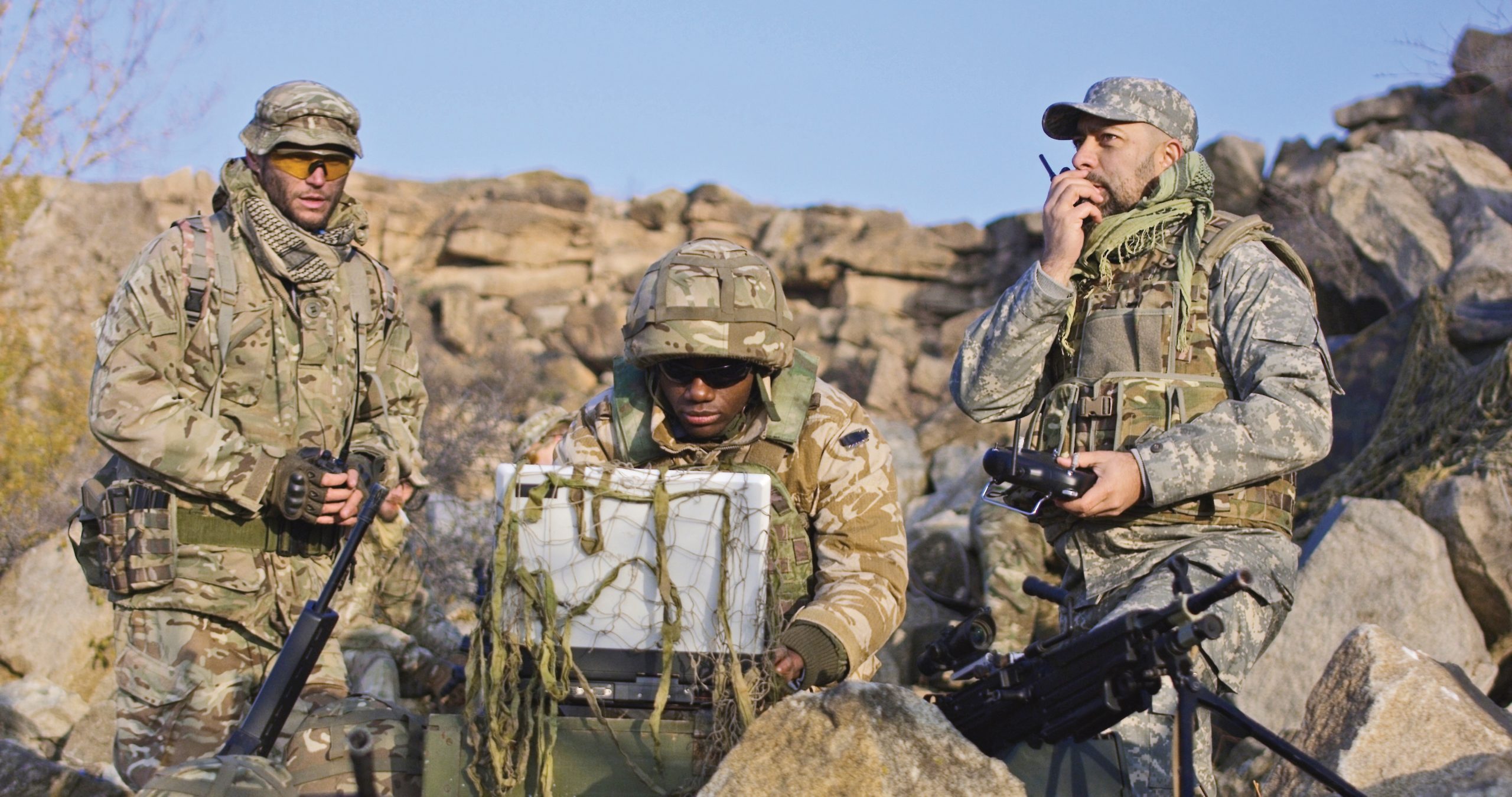
Strategic Partnerships
While the benefits of effective digital transformation are clear, they cannot be achieved overnight. Despite ground-breaking new programs such as the Defense Innovation Initiative, trying to achieve too much too quickly, without a strategic plan and roadmap in place, will almost certainly result in failure.
For this reason, outsourcing and strategic partnerships will play a pivotal role in effective digital transformation plans, in a way that may boost efforts of countries to collaborate on other AI-backed activities, such as sharing data from sensors that track how machines run to predict when maintenance is needed before parts fail, possibly during a mission when there’s no time to lose for repairs or replacements. Or the allies could use AI for data about shipping and supply movements to improve logistics efficiency. The end goal is for the allied nations to be ready to cooperate easily on AI-driven projects in the future.
Partnership for Defense
But first, the U.S. and partner countries must start at a basic level of readying data for AI, viewing the information as a war-fighting resource. That starts with keeping and storing all of the facts and figures that AI needs to work.
The U.S. and its allies “messed up in … not using data or looking at data over the last several decades as a resource,” said Stephanie Culberson, head of international AI policy at the JAIC. “For instance, if we were to go to war again in Afghanistan, would we have all the data that we pulled in the last 20 years? You can probably guess the answer to that.” The partnership came from smaller discussions that the JAIC had with like-minded nations. After several interactions, it became clear that the nations struggled with the same challenges around scaling AI efforts, educating and training the workforce on AI, and overcoming internal cultures resistant to technological change, Culberson said. “We started to realize that many of us are grappling with the same hard problems in implementing AI into our defense organizations,” Culberson said. “Instead of staying within those siloes on our own, I thought, ‘Well, why don’t we pull together some of the strongest nations that are really focused on this in their defense sector and do this together?’” Thus far, the partnership includes defense representatives from Australia, Canada, Denmark, Estonia, Finland, France, Israel, Japan, Norway, the Republic of Korea, Sweden and the United Kingdom. The group has twice gathered to identify common challenges, and meetings are expected three times a year.
The Partnership for Defense is not working on co-development of AI systems, rather it’s focused on preparing allied militaries to be “AI-ready,” as Culberson puts it. The meetings are different than typical international conversations with foreign militaries, which can be rigid, Culberson said. The partnership meetings encourage open dialogue, including roundtable discussions and TED talk-style presentations describing how ministries tackle challenges and analysis of case studies for lessons learned. In the next two years of the partnership, Culberson said that she “really wants to have a solid foundation” for AI-readiness, developing a way to assess whether members have achieved that readiness. In a few years, she said, the countries could consider co-developing a data aggregation capability. The Partnership for Defense has an “open door” to adding more allies, Culberson said. While other nations have expressed interest, members plan to set admission standards before expanding.
US-Russian-Sino Race
US, Russian and Chinese armed forces, with efforts of their science and technology arms, are racing in the field to test emerging capabilities in simulated threat environments, which a foe can tactically use to break down communications during military operations.
NATO Digital Endeavour
The North Atlantic Treaty Organization (NATO), like any multinational organization, knows it must digitally transform its operations or risk becoming irrelevant. To achieve this, the NATO Communications and Information (NCI) Agency, NATO’s technology hub, is working to deliver the critical tools, technology and infrastructure needed to ensure all 29 Nations can collaborate as effectively and securely as possible. The effort, known as the Digital Endeavour, will be incredibly important to the future of the organization. Alongside communications and mobility, security is also central to the Digital Endeavour. Accordingly, one of its flagship projects is the centralization of multiple, decades-old server rooms across NATO into three state-of-the-art data centers. Doing so will not only improve the efficiency of the entire communications network, it will significantly strengthen overall cybersecurity by reducing exposure to online threats.
According to Dr Michael Street, Head of NATO’s Innovation and Data Science, in many cases, we cannot afford to fail. Our solutions ensure NATO troops can communicate and work together. But we need to change our culture to move at the speed of relevance. We need to advocate for new methods of acquiring technology, where we can work at the same speed as dynamic, innovative businesses.
Next Generation Networks
Such advanced technologies are likely to be set as part of communication capabilities in the near future, as next generation iteration of networks’ new tactical tools, that focus on increasing throughput, bandwidth and network resiliency. The race emphasizes the importance of effective digital transformation, side by side with initiatives, similar to Partnership for Defense, as well as any endeavor aiming at coping with expected breakthroughs in future battlefield, where technology and counter-measures are expected to play a pivotal role through communication networks, radio resiliency, waveforms and satellite communications side by side with remote sensors, autonomous and other items on the list of highly-advanced tools.
Sources and references
https://www.armytimes.com/artificial-intelligence/2021/02/12/for-us-and-allies-prepping-for-ai-warfare-starts-with-the-data/?fbclid=IwAR3j7IopgGN_KfTpi7pO5jtpWpepEvTMdKB5rsLaYuS6c7UHQb-XvDpEuV4
https://ara.tv/gba4f
https://www.army-technology.com/wp-content/uploads/sites/3/2021/02/Getac_DefenceWhitepaper.pdf
https://www.defenceiq.com/defence-technology/editorials/innovation-and-enterprise-transformation-in-the-nato-communications-and-information-agency
https://ara.tv/b528k
https://www.c4isrnet.com/battlefield-tech/it-networks/2020/10/23/us-army-makes-breakthroughs-on-future-network-tools/
» By: Gamal Nazi
(Military Affairs’ Researcher)


